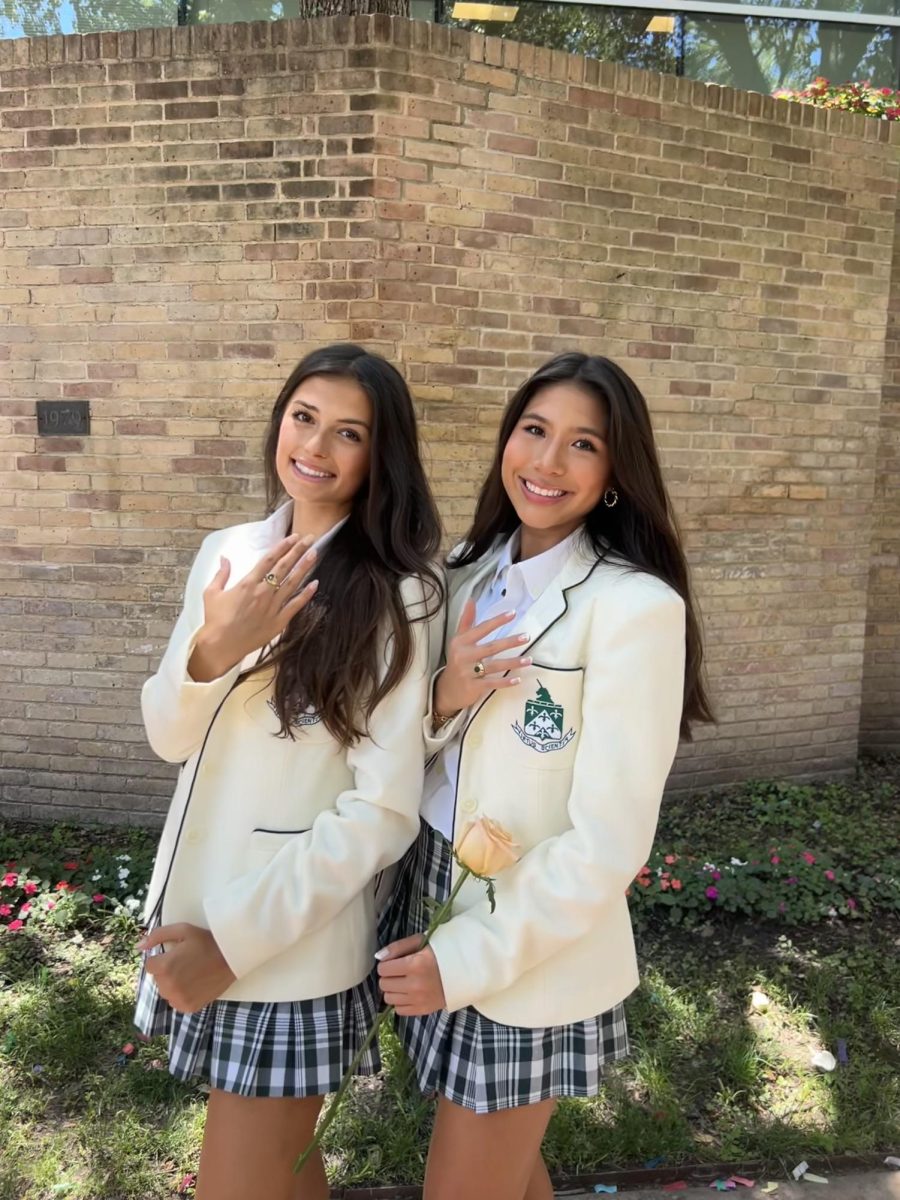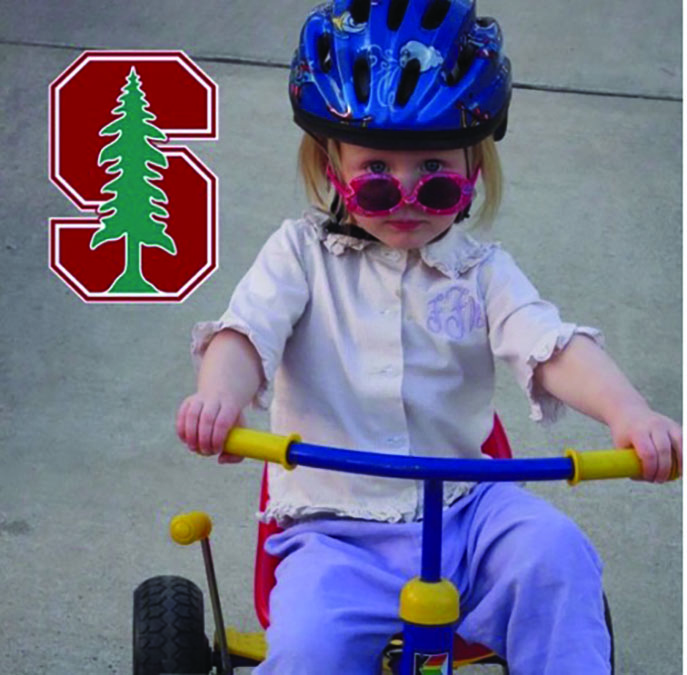It’s a typical morning. You’re sitting in class, raising your hand. Suddenly, the intercom comes on: “This is a lockdown. Locks, light, out of sight. ” You’re startled, a bit panicked and the first thing that comes to your mind: What now?
Head of Hockaday Security Karen McCoy has been addressing this question for many years. Most recently, she implemented Hockaday’s lockdown plan, Locks, Lights and Out of Sight. This plan instructs teachers to lock their classroom doors, turn off the lights and get themselves and their students out of sight from potential attackers. This plan was devised using the best practices from across the U.S. regarding lockdown safety.
But the procedure schools follow today is different from the one that was followed in the late ‘90s. On April 20, 1999, Columbine High School in Littleton, Colorado experienced one of the worst high school shootings in American history, leaving 23 victims wounded and 13 dead.
“If you look to Columbine, the best practice at that time was for police officers who were responding to a school shooting to wait until SWAT arrived. Teachers and students weren’t familiar with lockdown drills,” McCoy said. “After Columbine, everything changed. Everything that first responders did changed.”
However, the Locks, Lights and Out of Sight plan does not account for many variables that can occur during a lockdown situation. Students and faculty alike have questions about how they should react.
“I’m not sure what students are supposed to do if they’re not in a classroom,” sophomore Allie Lynch said. “What should students do if they’re outside?”
Students that aren’t in a classroom when a lockdown begins will not be allowed into a room. This is to ensure the safety of those within the room. Displaced students should try to find a bathroom, lock themselves in a stall and stand on the toilet. McCoy recommends another strategy if a group of students find themselves locked out during a lockdown drill.
On July 7, 2016, Dallas made international news when a shooter killed five police officers, wounding nine officers and two civilians. The shooter hid on the campus of El Centro College, and students at the school took precautions to protect themselves.
“During the Dallas shooting there were people in the restrooms at El Centro College; one person walked out of the restroom and saw the shooter. He returned to the restroom and several of them [braced] their feet against the door,” said McCoy, “They made calls to 9-1-1 during the incident. This has been repeated in other incidents.”
If unable to find a bathroom, students should locate another safe place to hide, such as a closet or cabinet, and faculty should be informed and ready to react as well. Rebekah Calhoun, Form IV dean and Upper School health teacher, has questions herself.
“Questions arise when I’m unsure about exactly what do. For example, am I supposed to close all the blinds or leave them open? I’ve heard conflicting accounts of what the police prefer,” Calhoun said.
Because of these uncertainties, some students and teachers desire a resource to ask questions about active shooter and lockdown situations.
McCoy and her team are aware of this and make efforts to answer these questions. Teachers receive training and information at in-service work days. David Benke, Ph.D., the educator who effectively stopped an active shooter at Deer Creek Middle School in 2010 talked to faculty and staff last January; McCoy believes that teachers benefit from listening to other teachers speak about their experiences with lockdowns.
“When teachers talk to other teachers, it’s better than police officers telling teachers what to do,” said McCoy, “I was in law enforcement for 30 years, I could get up there and tell people what they have to do. But if I’m a teacher, they’re more likely to listen to me.”
McCoy and the security team are working to further educate students on lockdown procedures. McCoy plans to implement a school-wide safety app that she and other faculty already use. The app, CrisisManager, instructs individuals on what to do in emergencies. McCoy hopes that the app will be available to students in the fall of 2017.
The security team is working to put together an assembly for students based on the Civilian Response to Active Shooter Events program that they have attended. However, it’s challenging for McCoy and her team to bring the student body together for this kind of assembly.
“We have to make sure parents know that students are seeing this, and we want to invite the parents to come,” McCoy said, “If you’re going off to college, I’d much rather students know what to do in an active shooter situation than not know what to do.”
Anne Marie Gingery ‘16, freshman at University of Texas, agrees with McCoy that it’s crucial to know what to do in a lockdown. To her, lockdown drills are especially relevant now that Texas carry law allows students to carry guns on campus. “There could easily be a situation where there would need to be a lockdown.” Gingery said.
Active shooter situations and lockdowns aren’t exclusive to schools. Nine people were injured after a gunman opened fire at strip mall in Houston last September. On Dec. 2, 2015, a married couple injured 22 people and killed 14 others in an attack in San Bernardino, California. McCoy emphasizes the importance of being prepared, no matter where you are.
“Get out, get away from that situation,” McCoy said. “If you have a gut feeling that something is wrong, don’t wait. If you can’t get away from the situation, hide.”
She emphasizes that being prepared for an active shooter situation is the best way to ensure that people don’t get hurt.
“We don’t want to scare anyone, but it’s the world we live in,” McCoy said, “People aren’t scared of the world, just some of the events that happen. You won’t be as afraid in an active shooting situation if you’re prepared.”
Ashlynn Long – Assistant Views Editor








